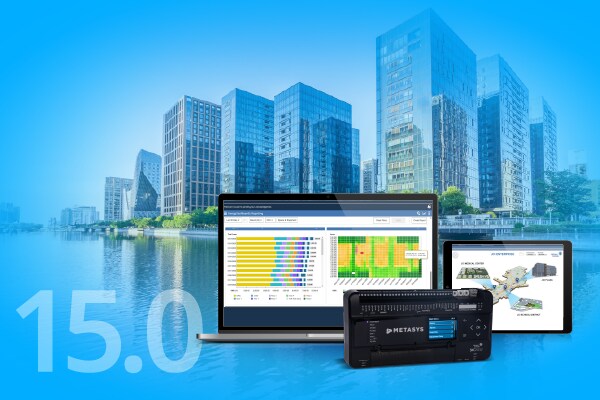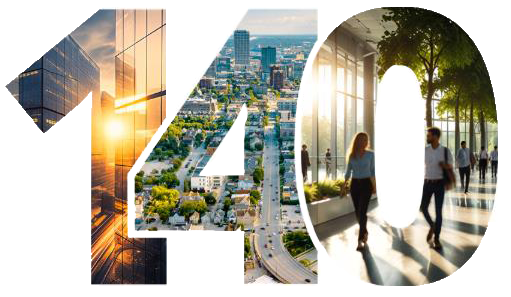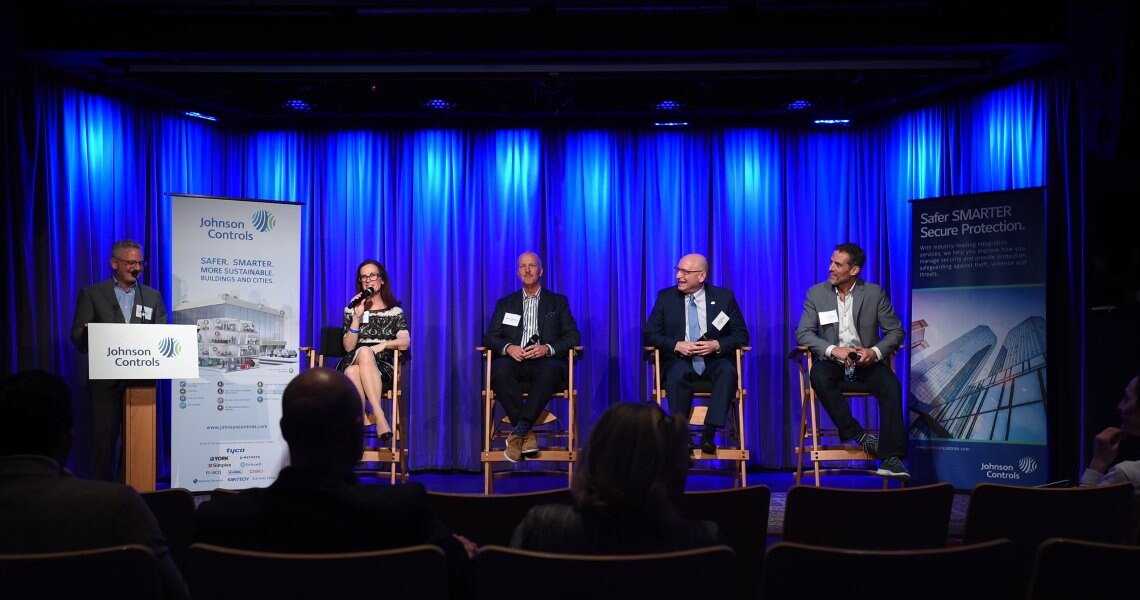- Johnson Controls
- Building Insights
- Smart Ready Discussion at The GRAMMY Museum
From Coast-to-Coast: Extending the Smart Ready Discussion at The GRAMMY Museum at L.A. LIVE
Sustainability. Mobility. Accessibility. Resiliency. Transparency. These terms are all outcomes of a SMART building and city, but the main question from building owners and city leaders is, “How do we become Smart Ready?” To continue to provide answers to this question, we brought Johnson Controls Smart Ready Panel to the West Coast. After bringing together top Boston thought leaders to discuss how buildings and cities can become more intelligent at Fenway Park in July 2018, we engaged Los Angeles facility, security and smart city experts in January 2019 to participate in the second Smart Ready panel discussion at The GRAMMY Museum at L.A. LIVE.
Lisa Brown, senior national director of municipal infrastructure and smart cities at Johnson Controls, laid the foundation for the discussion by highlighting Johnson Controls second annual Smart Cities Indicator Survey and the trends it identified, especially around the importance of data. “What we’re seeing is that data is becoming the new oil. It’s becoming the new currency. What to do with that data, how to gather it, how to protect it and how to potentially monetize it, is what everyone is looking at in the future,” said Brown.
Other panelists involved in the Smart Ready discussion were Chuck Steedman, chief operating & development officer at AEG Facilities, Matthew Bettenhausen, chief security officer at AEG, and Marc Gittleman, senior executive advisor for real estate technology at Rising Realty and CEO & Co-Founder of 5x5 Telecom.
“As we talk about data, it’s crucial for us to merge the digital path and the physical path of the consumer,” said Steedman about AEG’s efforts to help improve the customer experience. “The digital path begins the first time they interact with us, usually through a mobile platform, and then we want to see how they move to become a customer.”
“What we’re seeing is that data is becoming the new oil. It’s becoming the new currency. What to do with that data, how to gather it, how to protect it and how to potentially monetize it, is what everyone is looking at in the future.”
— Lisa Brown, senior national director of municipal infrastructure and smart cities at Johnson Controls
In connecting both paths, the relationship that a venue fosters with its city is extremely important due to a venue’s reliance on municipal infrastructure when needing to manage thousands of people who are traveling to a concentrated area on a regular basis. “The tax that this type of ingress puts on a city’s infrastructure must be coordinated on many levels – both logistically and on the marketing side,” added Steedman.
For instance, it’s critical for venues to understand how traffic patterns in a city impact the customer journey to the venue. Insights into these logistics can help venues cement customer engagement and merge the digital and physical paths at each point along the way, from customer’s small screens to their physical presence at the venue. By simplifying this process to be as seamless possible, Steedman notes that customers are more likely to return in the future as they’re already invested.
Systems integration plays a key role in gathering data to help buildings and cities attract and retain people to work, play and live. In the example from Steedman, if the STAPLES Center can gain traffic insights from the city of Los Angeles on the night of an event, they can work together to better direct guests and citizens to either the venue or their homes. Connected systems can provide insights and interoperability for buildings and cities that they otherwise couldn’t retrieve through siloed systems. In fact, systems integration is expected to have the biggest impact on the implementation of smart cities and buildings over the next five years, according to the Smart Cities Indicator Survey.
To achieve systems integration, organizations and cities must understand the funding options available to them. Johnson Controls study also found that the unavailability of appropriate financing options is the top financial barrier for cities in implementing their smart city strategy, which Brown noted during the panel.
“It’s important for cities and organizations to reach out to private entities that can help them determine the best funding route. At Johnson Controls, we’re fortunate to have a strategic structured finance group that can help customers with anything from municipal leasing to contingent financing to public-private partnerships,” added Brown.
This is the second Smart Ready discussion hosted by Johnson Controls in this panel series which provides an inside look into how smart functionalities are being implemented in today’s buildings and cities, sharing best practices for organizations seeking guidance for getting started as well as those interested in optimizing and better connecting technologies already in place.
Learn more about the intelligent ways Johnson Controls can help your organization on its Smart Ready journey.
Related Items
Johnson Controls Smart Ready Panel at Fenway Park
How do venues, buildings and cities become smarter and more sustainable?
Smart Cities Indicator Survey 2018
Johnson Controls recently conducted the second edition of its Smart Cities Indicator Survey to track key drivers, organizational barriers, technology trends, and the status of smart city solution implementations around the world.








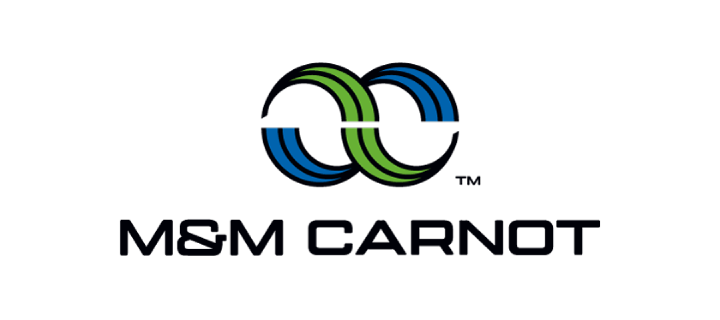






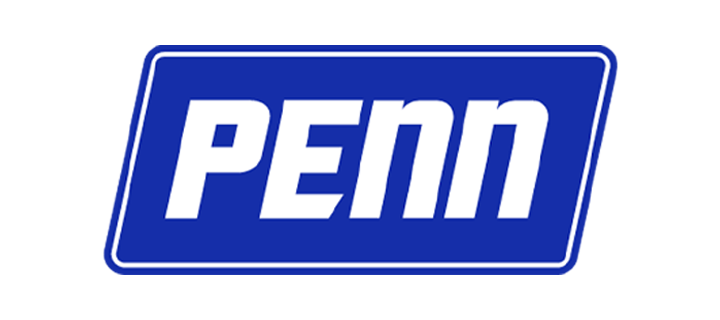

.jpg?la=en&h=320&w=720&hash=244C75B74F0F77521D56164450973BCD)














.jpg?la=en&h=310&w=720&hash=8D9823F26AA80B2B75C3E4B2E61770DC)


.jpg?la=en&h=320&w=719&hash=13CA7E4AA3E453809B6726B561F2F4DD)
.jpg?la=en&h=306&w=720&hash=F21A7CD3C49EFBF4D41F00691D09AEAC)

.png?la=en&h=320&w=720&hash=18CFCCD916C92D922F600511FABD775D)











